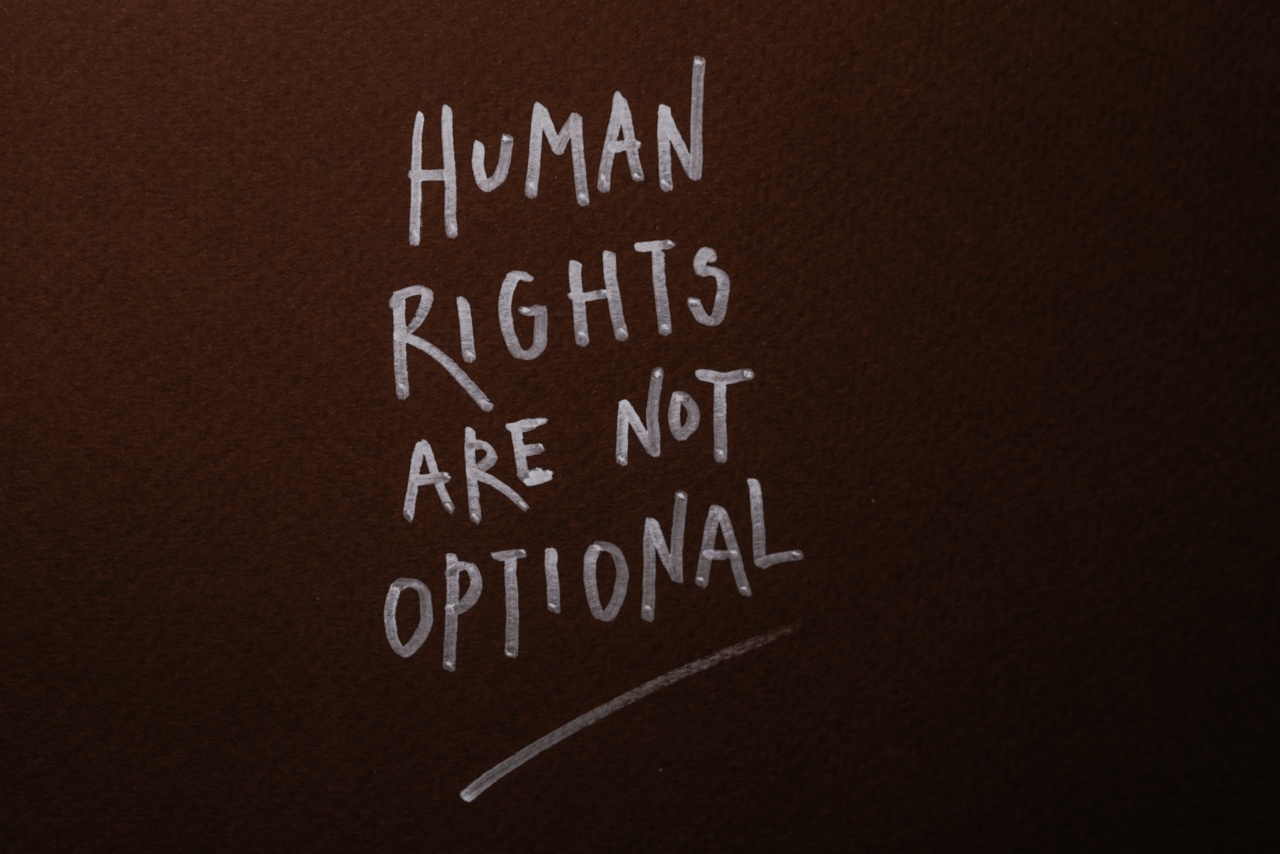Have you ever received a negative letter? Whether it’s an email, text message, or letter in the mail, negative correspondence can make us feel uncomfortable, angry, or hurt.
However, before you react to the negativity, it’s important to understand the hidden meanings behind negative letters and why the sender may have chosen to communicate with you in that way.
Why People Use Negative Letters
One of the main reasons why people use negative letters is because they want to communicate a message without any interference or interruption.
Negative letters can be an effective way to express feelings or frustrations without any pushback or argument from the recipient. By writing a letter, the sender has the opportunity to organize their thoughts and carefully choose their words without any emotional outbursts or interruptions.
Another reason why people use negative letters is because they feel like they are not being heard.
Have you ever tried to communicate with someone, but feel like they are not taking you seriously or ignoring your requests? When someone feels like they are not being heard, they may resort to negative letters as a way to get their point across and demand attention.
Lastly, people may use negative letters as a way to distance themselves from a situation or relationship.
For example, if someone is considering ending a romantic relationship or friendship, they may use a negative letter as a way to communicate their feelings and perspectives without any face-to-face confrontation.
The Different Types of Negative Letters
Not all negative letters are created equal. There are different types of negative letters that can range from constructive criticism to outright harassment.
Constructive Criticism
Constructive criticism is a type of negative feedback that is intended to help the recipient improve. For example, a supervisor may provide constructive criticism on an employee’s work as a way to help them grow and develop their skills.
Constructive criticism can be difficult to receive, but it’s important to recognize that it comes from a place of good intentions and a desire to help.
Passive-Aggressive
Passive-aggressive letters are a type of negative correspondence that is intended to indirectly communicate feelings or thoughts.
For example, a passive-aggressive letter may say something like “I hope you enjoy your new job, even though you left me in a difficult position.” The sender may not directly say what they are feeling or thinking, but the message is still clear. Passive-aggressive letters can be frustrating to receive because they often lack direct communication and can be difficult to interpret.
Harassment
Harassment is a type of negative correspondence that is intended to intimidate, threaten, or humiliate the recipient. For example, cyberbullying or hate mail can fall into this category.
Harassment is illegal and can have serious consequences for the sender. If you receive a harassing letter, it’s important to report it to the authorities immediately.
How to Respond to Negative Letters
When you receive a negative letter, it’s important to take a step back and try to understand the sender’s perspective. Why did they choose to communicate with you in this way? What message are they trying to convey?.
After you have taken the time to understand the sender’s perspective, it’s important to respond in a respectful and well-thought-out manner. Avoid reacting impulsively or lashing out at the sender.
Instead, take the time to craft a response that addresses their concerns and opens up a dialogue for future communication.
If the letter is harassing in nature, it’s important to report it to the authorities and take steps to protect yourself from further harm.
Conclusion
Negative letters can be difficult to receive, but it’s important to understand the meanings behind them and how to respond appropriately.
Whether it’s constructive criticism or harassment, taking the time to understand the sender’s perspective and respond thoughtfully can help to open up communication and resolve conflicts.





























